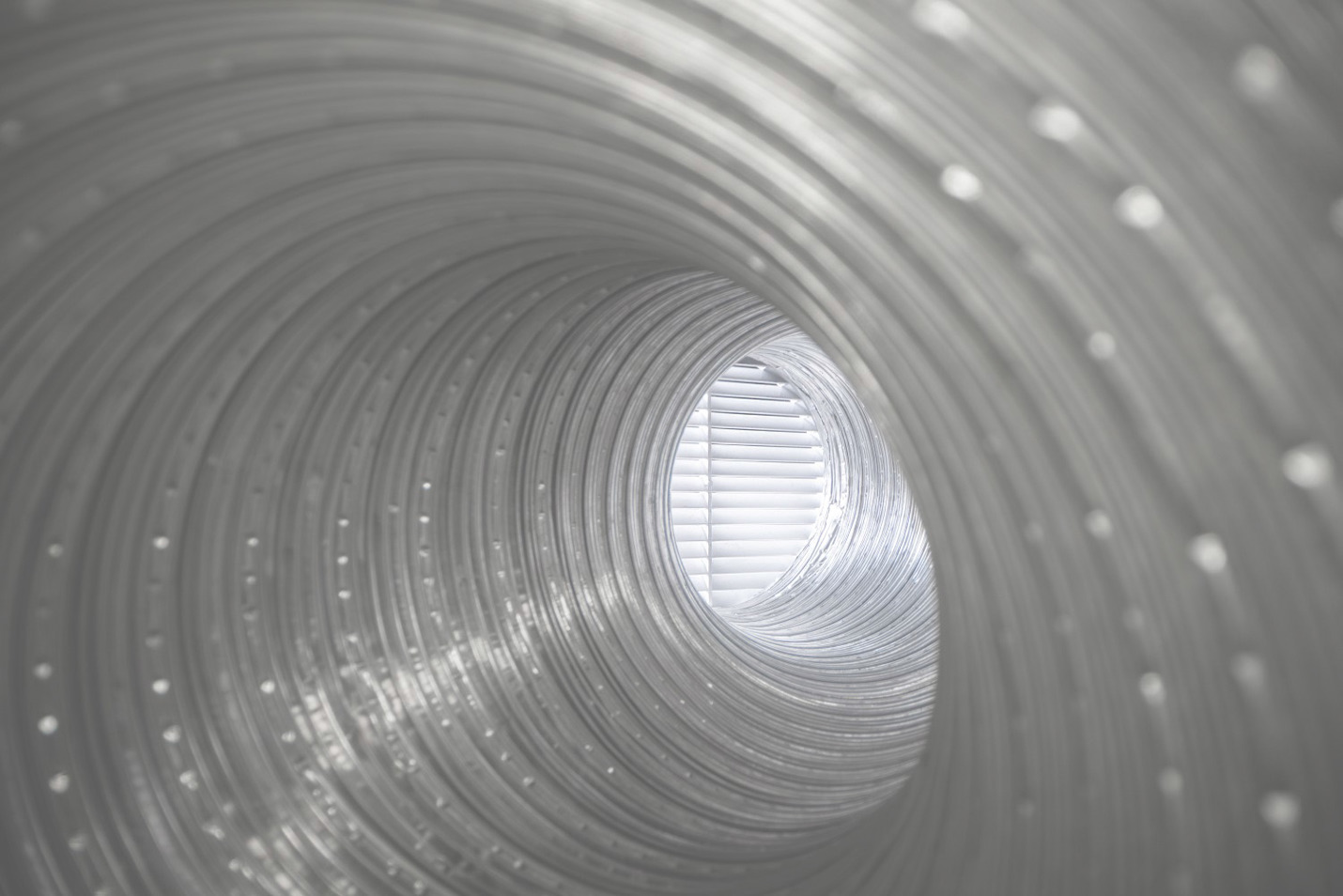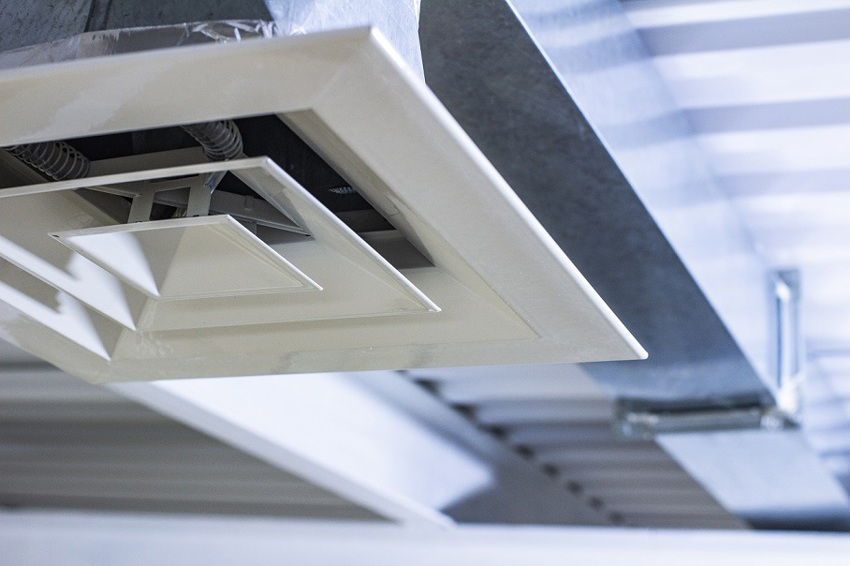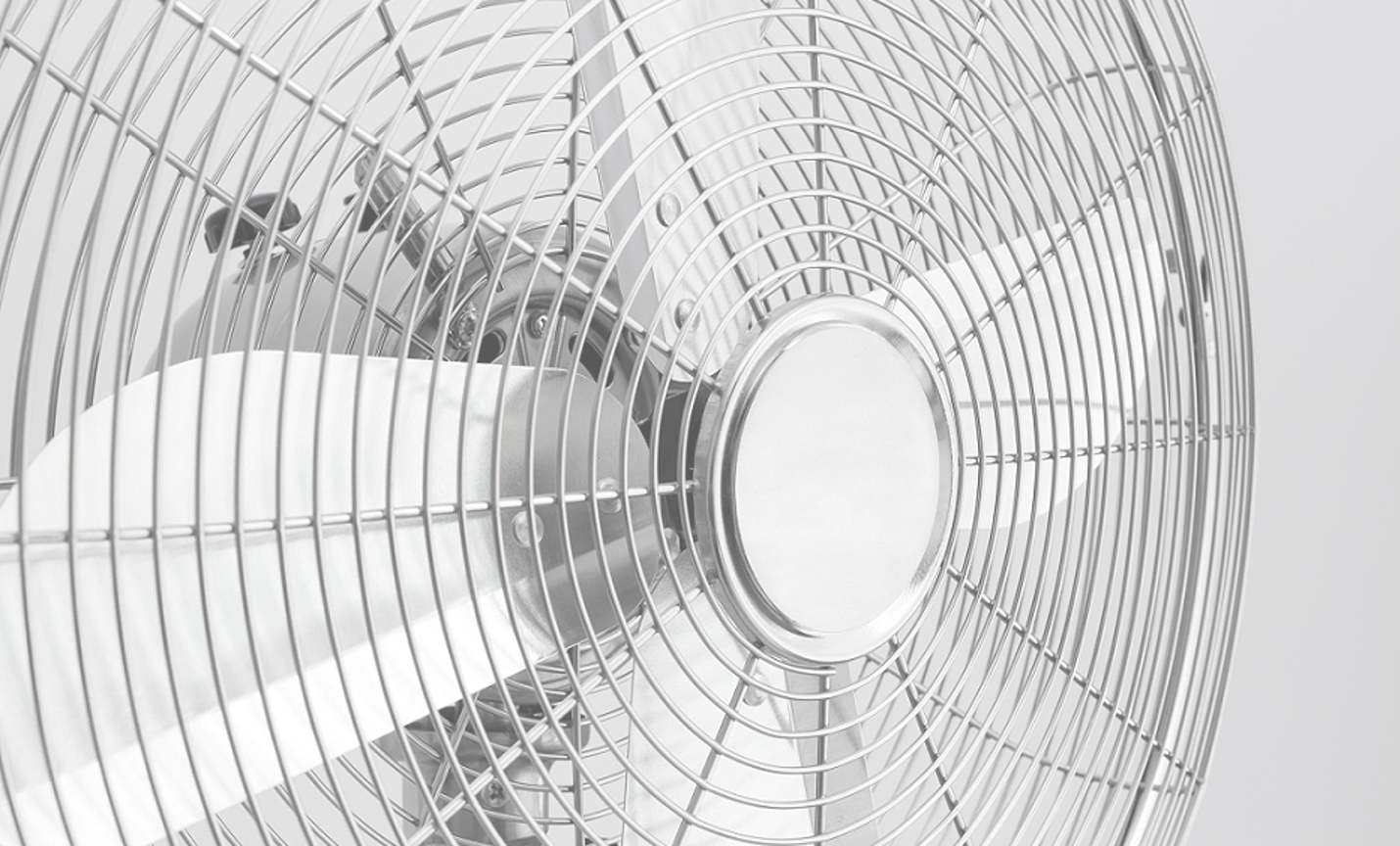
Good ventilation
Good ventilation brings in outdoor air and creates a good indoor environment for all building occupants. As we are spending a lot of our time indoors — there is a great need for a well-performing ventilation system.
What is ventilation?
Ventilation is the intentional introduction of outdoor air into an indoor space.
Ventilation is mainly used to control indoor air quality by diluting and displacing indoor pollutants.
The main aim of ventilation is to control indoor temperature, humidity, thermal comfort, and other parameters.
Dig deeper into ventilation
Definition of ventilation
"The act of ventilating, or the state of being ventilated; the art or process of replacing foul air by that which is pure, in any inclosed place; free exposure to air."
— Anonymous

Why and when to ventilate?
As we spend about 90% of our lives indoors, the indoor climate is extremely important for our well-being. Therefore, it can be clearly said that we ventilate for the health and comfort of building occupants. Buildings — the same as humans — also need to breathe to ensure fresh air comes in and dirty air goes out.
The building needs to provide a suitable environment for people and their activities, such as living, working, educating, playing, entertaining, and engaging in physical activities. Ventilation is one of the systems that keeps our indoor environment habitable, keeping the air fresh and healthy indoors.
Discover more about why and when we need to ventilate
How do we ventilate buildings?
Ventilation is air exchange from the outdoor environment to indoors. The outdoor air has to go through the building envelope consisting of the various barriers separating — and also protecting — the building interior from the outdoor environment.
There are several ways a building can be ventilated: infiltration or exfiltration through the building envelope is the unintentional way of air exchange or controlled airing can be done via building openings or various mechanical systems.
Learn more about how to ventilate


